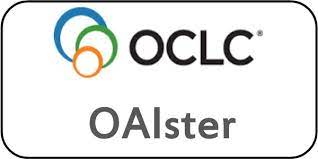A Questionnaire-based Survey on Treatments and Practices of Antibiotics in URTI and Fever of Unknown Origin in India
Keywords:
Antibiotic usage, URTI, PUO, Questionnaire surveyAbstract
India is the largest consumer of antibiotics in the world. High antibiotic consumption is linked to the emergence and community spread of multidrug-resistant bacteria. It is well-established that antibiotic overuse is one of the leading causes of antibiotic resistance, which is a major global public health challenge. Optimizing antibiotic usage is, thus, an essential issue. Before promoting and defining judicious antibiotic prescribing, it is crucial to analyze practitioners' diagnostic and prescribing practices. Hence, a nationwide retrospective questionnaire-based survey was conducted among 950 Indian doctors. This survey aimed to describe the approaches and practices of Indian doctors towards antibiotic use in upper respiratory tract infections (URTIs) and pyrexia of unknown origin (PUO) and compare practices with national guidelines. These are the most common reasons for primary health care consultations and significantly contribute to the overuse of antibiotics. According to the survey, amoxicillin-clavulanic acid remains the first-line antibiotic for URTI treatment. Third-generation cephalosporins were found to be the most prescribed antibiotics for PUO, uncomplicated typhoid and infections during pregnancy. Our survey results show that most of the clinicians in our study were well aware of the guidelines for antimicrobial use issued by Indian Council of Medical Research (ICMR) and the nationwide problem of antimicrobial resistance. This study provides an important insight into the prescribing practices of antibiotics among Indian doctors.
Downloads
Published
Issue
Section
License
All open access articles published in IJCP are distributed under the terms of the CC BY-NC 4.0 license (Creative Commons Attribution-Non-Commercial 4.0 International Public License). This license permits unrestricted use, distribution, and reproduction of the articles in any medium for non-commercial purposes, provided that: The original authorship is properly and fully attributed. The IJCP is cited as the original place of publication with correct citation details. If an original work is reproduced or disseminated in part or as a derivative work, this must be clearly indicated. No articles are reproduced for commercial use without prior consent from the IJCP. All licensing requests and permissions for commercial use will be managed by the Publisher.










